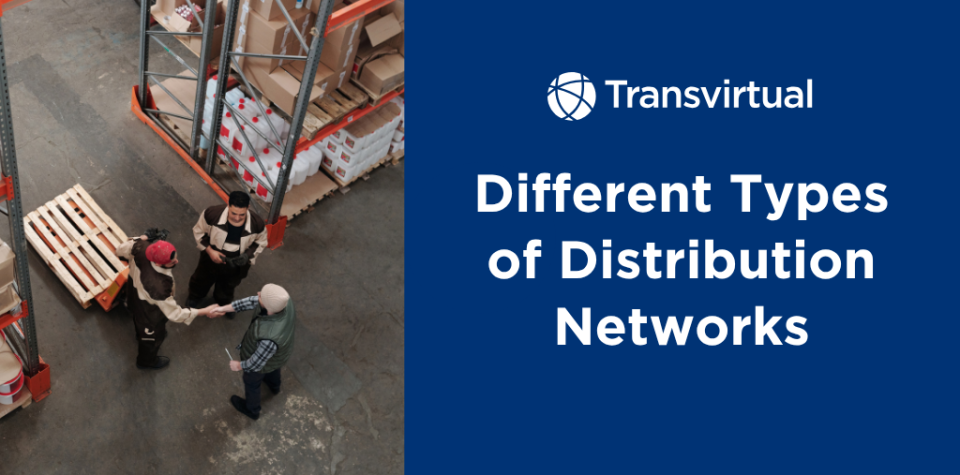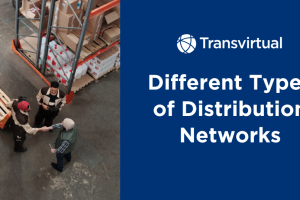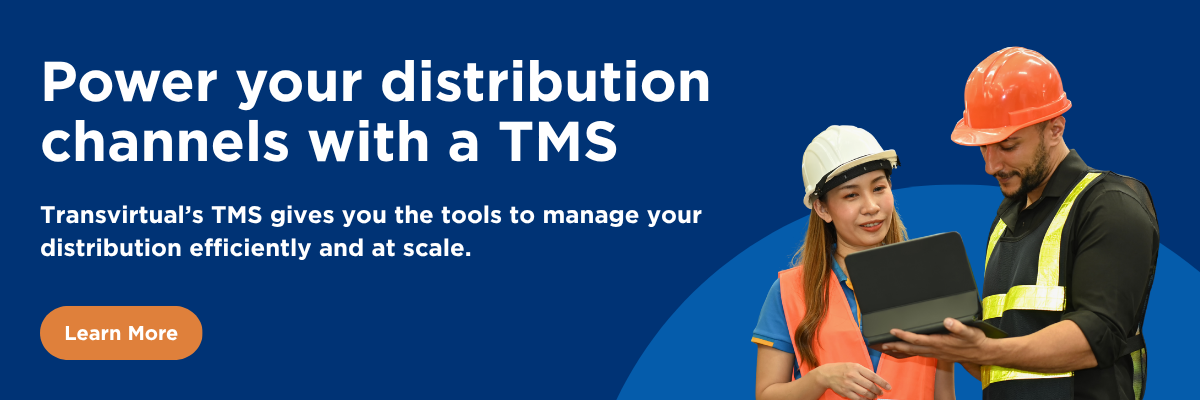Table of Contents
If you’re running a local online store, a wholesale operation, or a national delivery service, how you get your product into the hands of customers is just as important as the product itself.
Your distribution network plays a major role in how efficiently you operate, how satisfied your customers are, and how well you can scale. In this article, we’ll look at four key types of distribution networks: direct, indirect, hybrid, and reverse. We’ll also look at how they fit into the delivery and transport world many businesses are navigating every day.
What is a Distribution Network?
A distribution network is the system that moves your product from where it’s made or stored to where it needs to go. That system might be straightforward, or it could involve a few layers, like wholesalers, transport partners, and retail outlets.
Your network might involve one small delivery van or a large logistics team coordinating national freight movements. What matters most is how well your network supports your business goals, delivery timelines, and customer needs.
4 Types of Distribution Networks You Should Know About
Direct Distribution
A direct distribution model is exactly what it sounds like. You sell and deliver your product straight to the customer without middlemen involved.
This approach is very common among small businesses, online retailers, and local producers. For example, a small business selling handmade candles might ship orders directly from their home studio using a local courier service.
One of the biggest advantages of going direct is that you get full control over the customer experience. You handle everything from packaging to delivery, so you can ensure your brand’s values and quality shine through. It also means you keep more of the profit, since you’re not paying wholesalers or retailers.
Of course, it does come with extra responsibility. You need to manage logistics, track inventory, handle customer support, and keep deliveries running smoothly. This is why many direct sellers turn to transport management tools to lighten the load. Software like Transvirtual helps automate shipping, routing, and communication, so you can focus on running your business instead of chasing up parcels.
Indirect Distribution
In an indirect distribution setup, your product passes through one or more intermediaries before it gets to the customer. That could include wholesalers, retailers, agents, or even importers.
This approach works well for products that need wide distribution, like food and beverage brands, fast-moving consumer goods, or larger retail stock. For instance, a snack brand might work with a distributor who gets their products into independent grocers around the country.
Going indirect allows you to scale up faster without building your own logistics infrastructure. Your partners take care of warehousing, shipping, and retail placement, which can be a huge time-saver. It also makes it easier to break into new regions, especially if your distributor already has those connections.
However, you give up a bit of control. You might not know exactly how your product is being presented or sold. You’ll also likely be earning less per unit, since each link in the chain takes a cut.
For businesses using indirect distribution, having clear communication with delivery partners is essential. You’ll need strong warehouse tracking and inventory systems to stay on top of stock levels and delivery timeframes, particularly across different states or islands.
Hybrid Distribution
A hybrid distribution model mixes both direct and indirect channels. You might sell directly through your website, but also stock your product in retail stores or partner with third-party distributors. This approach gives you the best of both worlds. You can maintain a direct connection with some of your customers while also growing your reach through retail or wholesale partnerships. It’s a flexible model that suits growing brands who want to build a presence in multiple spaces.
The main challenge is coordination. Managing pricing across different channels, making sure stock is available in the right places, and avoiding conflict between your direct and indirect sales channels takes some careful planning. That’s where delivery and transport software becomes invaluable. A single system to manage orders, create shipping labels, assign carriers, and track fulfilment helps avoid double-handling and confusion.
Reverse Distribution
While most distribution models focus on getting your product out the door, reverse distribution looks at the process in the other direction. This is how you handle returns, repairs, recycling, and refunds. These are all the movements that happen from customer to supplier.
Reverse logistics is becoming a bigger focus across Australasia, particularly in ecommerce and electronics. According to Australia Post’s Inside Australian Online Shopping report, 51% of Gen Z and 44% of Gen Y lean towards returning items. The demand for smooth, trackable returns is only growing.
Brands that manage reverse distribution well can reduce waste, support sustainability goals, and improve customer trust. Think of mobile phone trade-in programs, online clothing stores offering prepaid return labels, or appliance brands with take-back schemes.
The key is having a system that can handle those reverse flows just as efficiently as your outgoing ones. That means creating clear return policies, using delivery software that can generate return labels, and tracking what comes back and why. It’s not just about customer satisfaction. There’s also value in refurbishing or reselling returned goods where possible.
Choosing the Right Distribution Model
So, which approach is best for your business?
There’s no single right answer. It depends on your product, your market, your delivery capabilities, and how much control you want to maintain. Many small businesses start with direct distribution, then move to hybrid or indirect as they grow and expand their reach.
Here are a few things to think about:
- Do you want full control over the delivery experience?
- Are you ready to manage warehousing, tracking, and customer support?
- Do you want to scale quickly with the help of distributors or retailers?
- Are you prepared for the complexity of managing multiple sales channels?
You don’t need to stick with just one model forever. The beauty of today’s delivery technology is that it allows more flexibility. Platforms like Transvirtual give you visibility across all your distribution channels, making it easier to grow at your own pace. Reach out to our experts for a free strategy session today.



